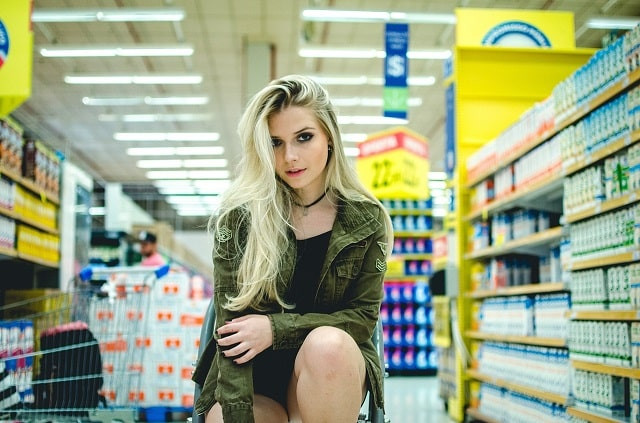UK-based resources charity Waste & Resources Action Programme (WRAP) on its Textiles 2030 initiative highlighted that consumer demand for new apparel is crushing the impact of the growth of pre-owned, vintage, second-hand fashion apparel.
WRAP data showed that the volume of apparel brands sold or placed on the market was 626,000 tons of textiles in 2022, a 13% increase on 2019 baseline levels. This equates to over 17.5 lbs of new fashion per person in Britain or 28 new apparel.

WRAP, Director of Behavior Changes and Business Programs, Catherine David said, “We need sustainable design, sustainable business models, and more sustainable ways of buying and using clothes from more businesses. But production is the key issue, and the onus is on businesses to make preloved part of their portfolio, so it’s accessible, easy and fun.”
“Textiles and fashion are responsible for up to 10% of global carbon emissions. But as fast as positive improvements happen, they are canceled out by rising production. If we hope to get anywhere near achieving the critical goals of the Paris Agreement, we must get serious about textiles,” Catherine David added.
As before, producing new apparel outshines the second-hand garments market. The second-hand market makes up just 9% of textiles placed on the market, according to WRAP.
Although in recent years the apparel industry has been making a big claim about its efforts to reuse, recycle and reduce.
However, the consumer demand results from sustainability charity are far from a reduction. There can be found never-ending demand for new apparel is overwhelming the impact of the growth in pre-loved fashion.
While the industry has promised to progress, real progress looks as far away as ever.
To set circular textile targets in 2021, fashion industry stakeholders collaborated to reduce carbon and water use. Recently, 38 brands and retailers signed up among 130 businesses overall, representing an estimated 62% of the textiles placed on the U.K. market, according to the organization.
The Paris Agreement has set out targets for a 50% carbon reduction and a 30% decrease in water use by 2030, notably cotton fiber production which accounts for 84% of the total fashion water footprint.
The progress report showed that for each ton of apparel produced, compared with a 2019 baseline, carbon emissions had fallen by 12% and water use by 4%. Still, a 13% surge in production meant that total carbon emissions have only fallen by 2% over 3 years, while water usage has really increased by 8%.
The report outlined that while 71% of cotton used by signatories now comes from improved sources, production levels have eroded some of the positive movement.
It also highlighted the potential for greater savings by designing for longer product life and increasing the use of recycled fibers, which it estimates could reduce the total carbon footprint by 12% and water use by 18%.
Despite the per-ton reduction in water use in 2022, an overall production increase since 2019 has not only cancelled this out but lead to an 8% rise in water use, equivalent to nearly 110 billion cubic feet — or in other words enough to provide 87% of the UK population with water for all wants and needs, every day for a year.
The rise in production also impacts the actual reduction in carbon, which has been reduced to just 2%.
Early on in the pandemic people had little reason to shop for new clothes, let alone buy anything exceptional in such uncertain times.
But it was not just that we did not ‘need’ new clothes this year. A perfect storm of crises has caused fashion to lose some of its luster. ‘Vintage fashion’ generated more than 35,000 new searches on Lyst, while entries for secondhand-related keywords increased 104%. Brides planning socially-distanced weddings were even looking for ‘vintage,’ ‘secondhand,’ or ‘pre-owned’ wedding dresses, with searches spiking 38%.
That shift would require some other big changes, including potentially creating less new product. Promoting circularity doesn’t really gel with nonstop new arrivals, and a “fewer, better” approach could lead to more luxurious, higher-quality items that retain their value and enjoy longer lifespans. This year, nearly every designer spoke of a desire to commit to sustainability, produce less, and design only what they believe in—ideas that sound great on paper, but may not be easy to implement. These are radical changes that would demand new bottom lines with a focus on longevity, resilience, and environmental impact rather than short-term profits. News Sources : textiletoday
















